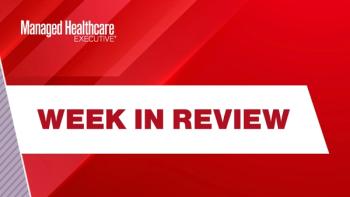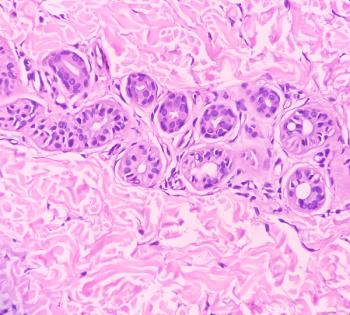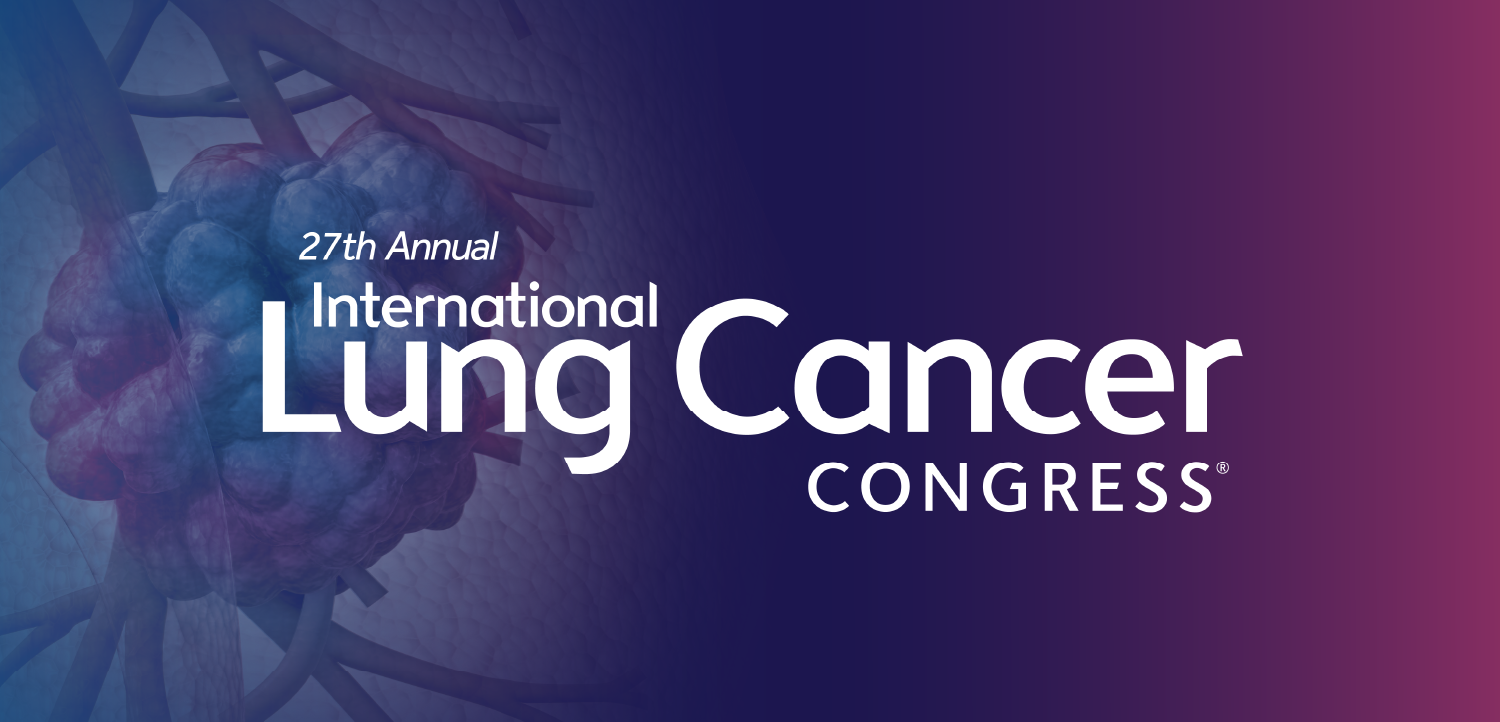
AMCP: Expect billions in cost savings from biosimilars in 3 years
In 2014 and beyond, pharmacy leaders should watch for more oral drugs and more expanded indications of specialty drugs.
While the specialty drug pipeline is robust, there are also 39 specialty brand drugs losing patents through 2018, presenting a $13 billion generic opportunity, says Aimee Tharaldson, PharmD, senior clinical consultant, emerging therapeutics, for Express Scripts. In Session 102, Dr. Tharaldson also noted that key market trends include increased competition, orphan drug development and breakthrough therapies.
In just four years, specialty generics could become part of managed care's strategic outlook, but maybe not part of the immediate reality.
“We are likely not going to see true biosimilars in those years because there is still a lot to be resolved,” she said. “There’s going to be a stepwise approach to biosimilars.”
Most will be approved one drug at a time rather than a class at a time. Dr. Tharaldson expects it will be another three years before the first true biosimilars will be approved, with more to follow.
FDA is expected to provide more guidance on biosimilars this year, she said, with forthcoming documents likely to include policies for labeling and policies for interchangeability of biosimilar products with their brand counterpart, which will require more evaluation than the simple substitution common today with traditional drug products. However, the interchangeability for the specialty brand drugs will lead to greater cost savings for managed care.
“They may cost about 20% less, but they still cost a lot of money to develop and promote as well. Expect legal hurdles as the brand companies will be trying to protect the patents,” she said.
In the specialty pipeline, orphan drugs represent about 36% of new products, followed by cancer drugs (non-orphan status) at 17%, and hepatitis C at 14%.
“The average annual cost of orphan drugs approved in 2013 was $185,000,” Dr. Tharaldson said. “We had some leading medications that cost $300,000 to $400,000 a year.”
In the session, she also reviewed the criteria for FDA Breakthrough Therapy Designation, a relatively new designation that expedites development and review. Breakthrough drugs also must have evidence to show substantial improvement over existing therapies. So far three drugs have received Breakthrough Therapy Designation: Sovaldi (sofosbuvir) for hepatitis C; Imbruvica (ibrutinib) for mantle cell lymphoma; and Gazyva (obinutuzumab) for chronic lymphocytic leukemia.
"They’re getting to market pretty quickly,” she said.
What was noteworthy about the session was the attendee reaction to the new drugs that are estimated to have annual costs exceeding $100,000. Attendees know specialty drugs are costly but the steep cost propositions created audible responses of awe from the audience.
About 28% of drug spend is on the specialty side, she said. But she also noted that that specialty will quickly grow to 50% spending.
Nineteen new specialty drugs were approved last year including nine new cancer drugs, and over half of all the approved drugs were oral, Dr. Tharaldson said.
In 2014 and beyond, she said pharmacy leaders should watch for more oral drugs and more expanded indications of current specialty drugs.
Newsletter
Get the latest industry news, event updates, and more from Managed healthcare Executive.

















































